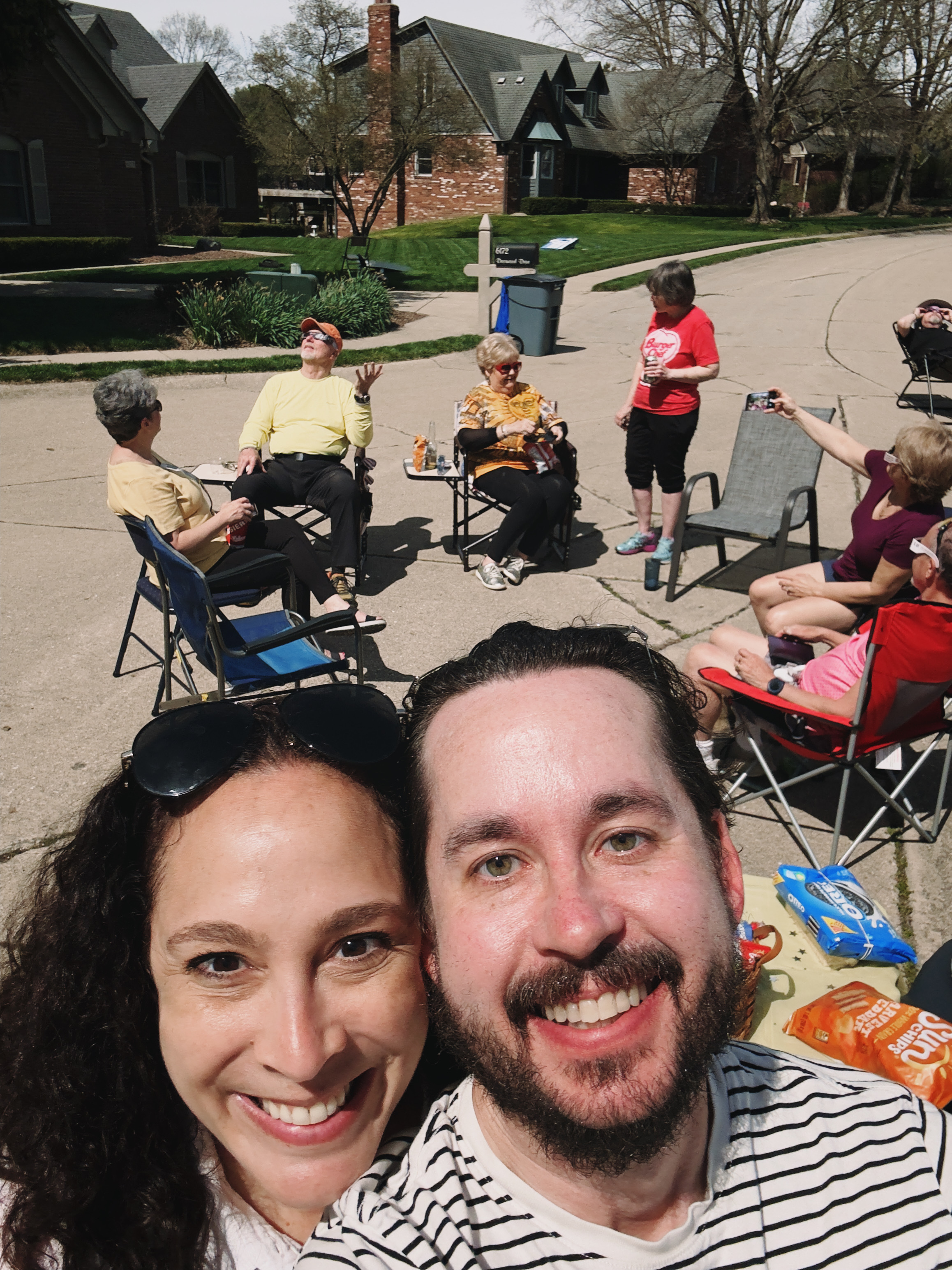Craft CMS Going Strong
Brandon Kelly, a founder of Craft CMS, posted this to Mastodon on Jan 1st of this year:
Mind-blowing stat to kick off 2024: @craftcms is now the 7th most popular CMS among the top 5K domains worldwide, according to Cloudflare's 2023 trends report.
And Greg Storey added his commentary:
It is a remarkable achievement for the products they create, their product strategy (the products they don't create), and their obvious commitment to the thousands of people who create these top five thousand websites with Craft. [...] Folks, this is the Internet I signed up for! This is exactly the type of business story I want to see, read, and hear more of in the years to come. It's a great reminder that the independent web is still alive and kicking, and poised for a strong comeback.
I really like Craft. It's the CMS I've used for this site since maybe 2012? I'm pretty sure Craft was still at Version 1, and it remains, at Version 4, a very reliable and flexible CMS. Admittedly, I sometimes wonder if I should migrate to something else, but reading that Craft is flourishing is enough to convince me to stay. It's easy enough to develop for, and the community around it is friendly and helpful. They've really earned their success.















